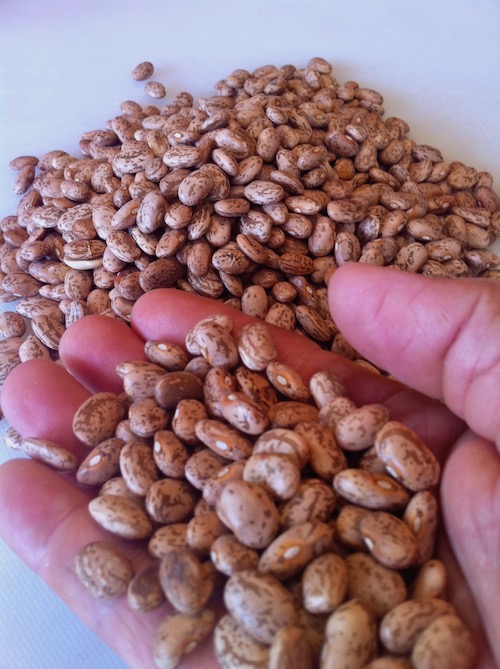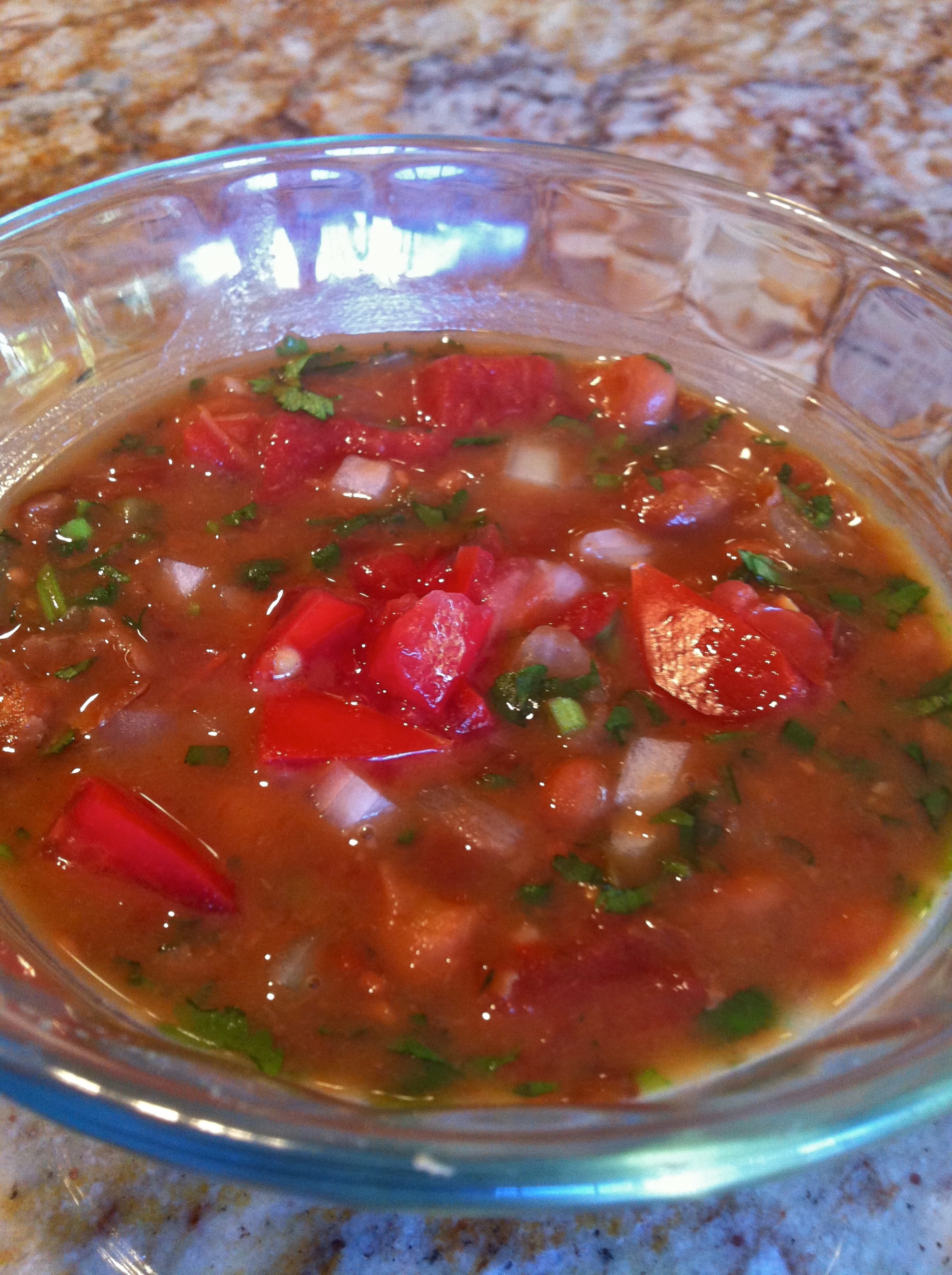Pinto Beans are Philosophically Correct

In our central, south Texas and northeastern Mexico culinary region, pinto beans are the staple in native Mexican-American homes. No exceptions, not ever. I was amazed when, working in Chiapas, Mexico during my sophomore year of college, I encountered black beans. They were such a radical, strange departure from what I knew. They were served alongside enchiladas that were filled with iguana meat. Yum, yum, yum.
Iguanas are now endangered because they were hunted and devoured so rapidly. It’s a worldwide problem. Don’t eat iguana.

I learned to love frijoles negros (black beans) and all the sumptuous dishes they complement in the Yucatán, Oaxaca, Chiapas culinary regions of Mexico. But here in our Texas Mexico culinary region, it’s the pinto bean that is iconic. Pinto beans are natural to the flavor profile of our Texas Mexican regional cuisine and to its history. They complement the flavors of our traditional dishes, like enchiladas de queso (cheese enchiladas), calabacita con pollo (squash with chicken) and asado de puerco (braised pork with red chiles).
It’s not that we don’t think black beans are delicious, it’s simply that for our cuisine they are philosophically incorrect. They are incoherent, out of context and clash with what should be complementary flavors of local products. Pinto beans are natural to the flavor profile of our Texas Mexican regional cuisine, to its history. They meld with the flavors and also enhance the other local ingredients.
It’s only restaurants and caterers who choose to opt out of the frijol pinto and use black beans in their recipes. I’ve found three reasons that restaurants and caterers don’t use pinto bean and instead serve the more boldly flavored and colored black bean.
1. When the restaurant specializes in food that is typical of Southern Mexico, Central America, The Caribbean or Brazilian. The frijol negro belongs here, for sure. Again, yum.
2. When the restaurant does not specialize in those cuisines but wants to use an ingredient that seems more soigné. Wants to appear current and hip. They try their best to link it to the flavor of dishes that are not from the black bean regions. I like this type of experimentation, and applaud restaurants that push boundaries and create innovative, delicious combinations. Just one caveat: It most often doesn’t work; just because you throw things together doesn’t mean they go together.
3. The restaurant is unaware of or does not care about flavor profiles of cuisines, about historical relevance, contextual coherence and just wants to serve new stuff.
I like the following paragraph from the University of North Texas College of Arts and Sciences “The Philosophy of Food Project.”
“Food has meaning…. Food expresses its culture and history (pizza, jambalaya, sushi), ceremonial function (Eucharist, horseradish on a Seder plate), and customary consumption (hot dogs rather than beef Wellington at a baseball game, champagne rather than milk for a toast). Gustatory aesthetics directs attention to both the sensual and meaningful qualities of food and drink.”
So, it’s worth considering that pinto beans in this region are philosophically correct.
Click here to go to my recipe for “Frijoles Borrachos,” featuring pinto beans!
